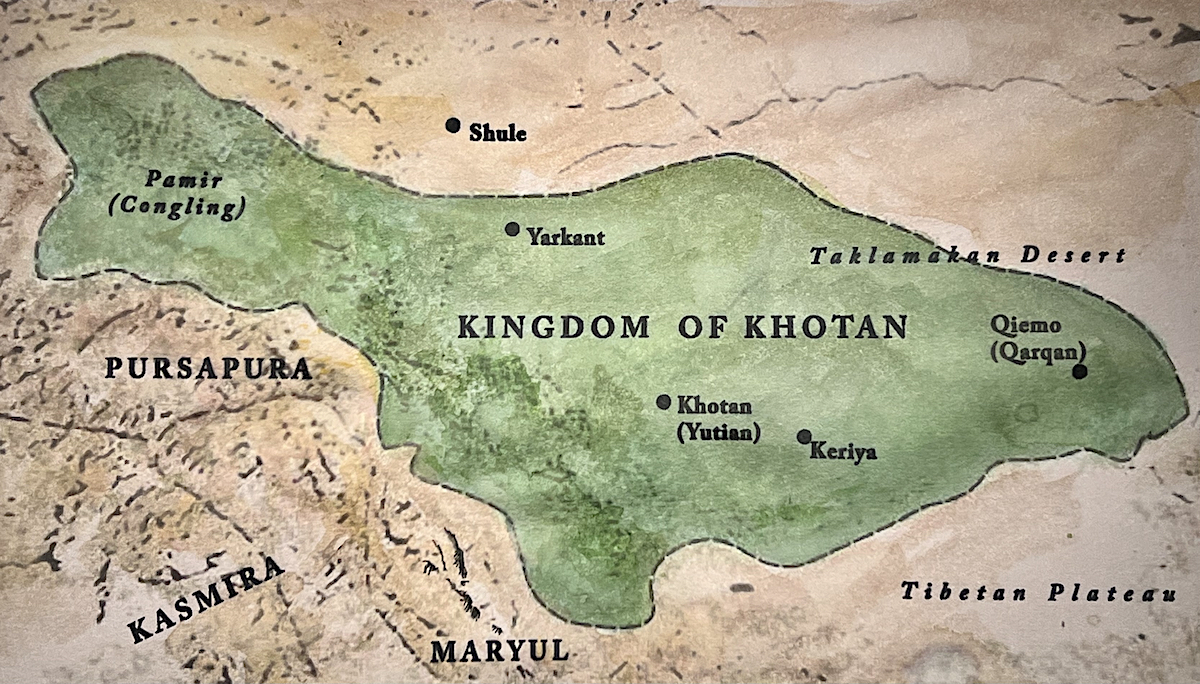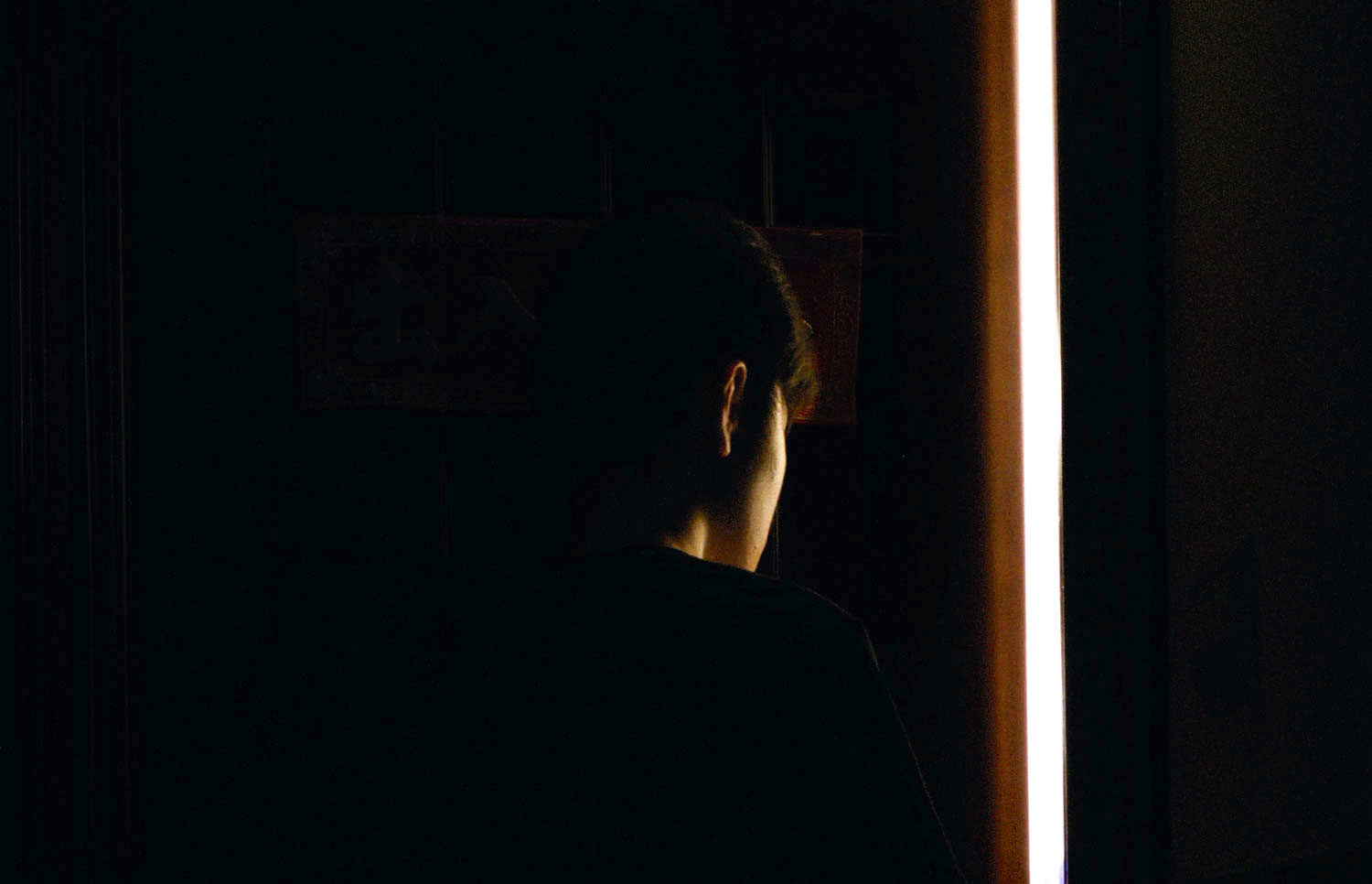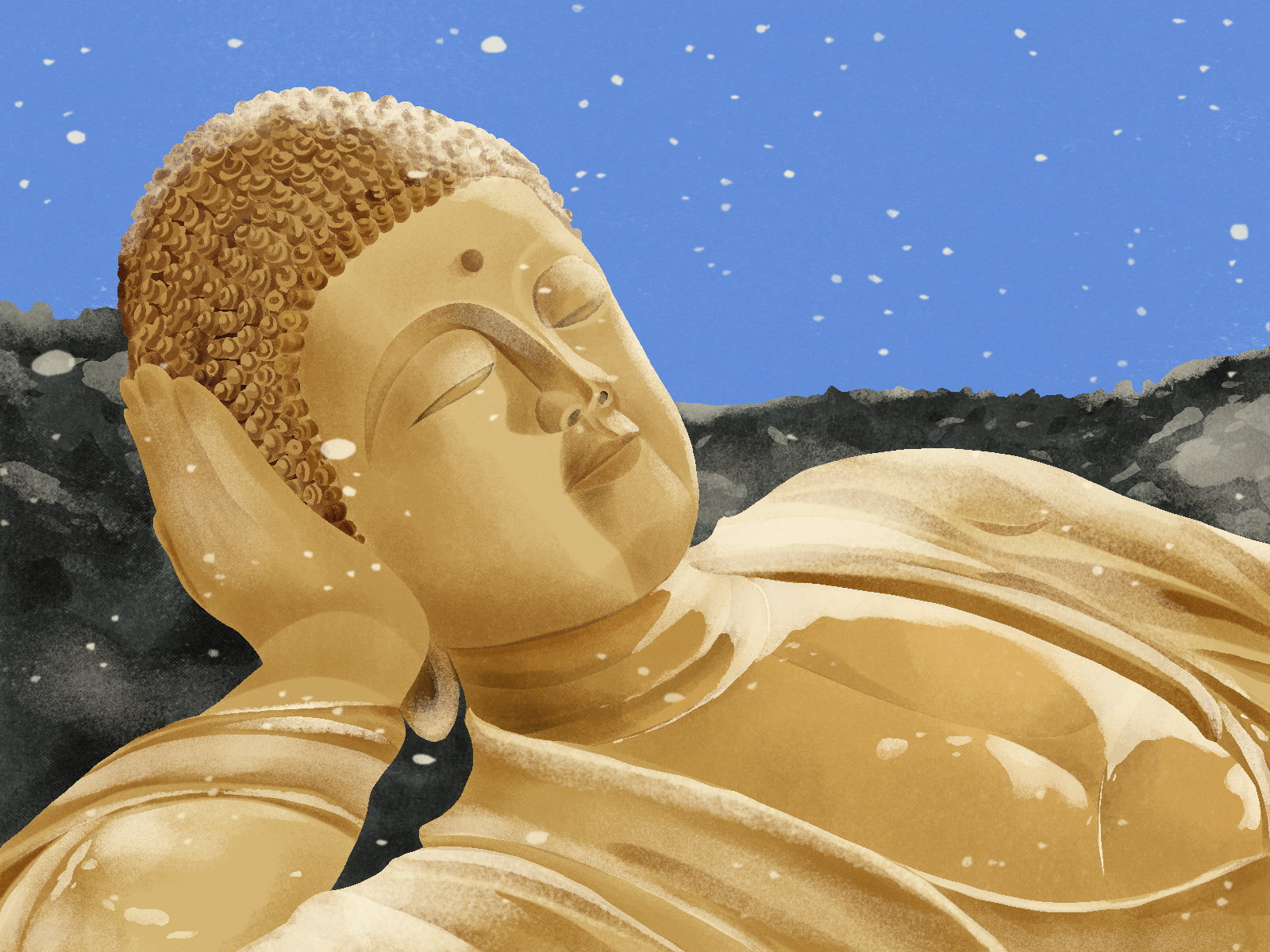The Haibun Lens
As opposed to haiku, a brief pit stop in the now, the Japanese literary form of haibun shuttles the reader from A to B, teaching us to see the journey as unified and indivisible. The post The Haibun Lens...

A decade ago, hiking alone for three weeks on the Long Trail, a wilderness footpath that traces the spine of Vermont’s Green Mountains, I had déjà vu a thousand times. The content was never the same—the woods are a variable environment, perpetually fresh and new—but the pattern of the experience, the rhythm, remained consistent over 272 miles.
I’d be trudging uphill, legs burning, chest heaving, eyes trained on the ground’s black mud and root-tangled rocks, mind everywhere and nowhere at once, and then, suddenly, unexpectedly—whoa! A camouflaged grouse would shoot from the ferns beside my knee, or a hornet would sting my wrist, or a windborne maple leaf would brush my cheek, or a deer would snort, or a thunderhead would boom, or a spider dangling on an invisible thread would materialize an inch beyond my nose. Abruptly, yet somehow seamlessly, I’d transition from the entranced blur of endurance to vivid focus.
During that beautiful, grueling, boring, exciting trek, when I wasn’t spaced out with effort or standing freeze-framed in awe, I was typically fretting about the shortcomings of language. The plan was to write an essay on the psychological texture of immersing oneself in the backcountry—and the plan, I increasingly realized, was a guaranteed disaster.
How could I possibly convey to readers the trail’s repetitive magic, its balance of hard forward marching and stunned attentiveness? How could I possibly communicate the knitting-together of dazed flow and tingly pause? Near the conclusion of the trip, dreading the return to my desk and imminent failure at my laptop, I remembered Matsuo Basho, the famous wandering haiku poet and Zen adept, and relaxed. Whew. Here was my template.
Specifically, I remembered haibun, a literary form that’s a combination of prose and haiku, which Basho pioneered (the word first appears in a letter around the summer of 1690) in order to better document, nay, to more powerfully evoke, the multifaceted spiritual pilgrimages that he made in Japan in the later years of his life. The idea of a poetic journey, or michiyuki, was firmly established—the medieval priest Saigyo sequenced verse from the open road back in the 1100s—but by inserting blocks of narration as a kind of connective tissue between his tiny polished haiku, Basho developed a travel diary unlike any before.
The prime example of his work in this hybrid form, The Narrow Road to the Deep North, tells the story of an epic walk from Buddhist shrines to scenic viewpoints to random flea-infested lodges: 1,500 miles and 150 days. The text is a tour de force of harmonious juxtapositions. As the translator Nobuyuki Yuasa puts it in his introduction to the 1966 Penguin edition of Narrow Road: “Basho has mastered the art of writing haibun so completely that prose and haiku illuminate each other like two mirrors held up facing each other.”
“It teaches us to see the journey as unified, indivisible.”
Ever since my Long Trail thru-hike, I’ve been fascinated by haibun’s ability to capture what I deem the core elements of a journey: motion and stillness. The prose is linear, plodding along, shuttling the reader from A to B, whereas the haiku is a brief pit stop in the now—a deepening breath, an electric shiver, an ooh, an ahh, a flag raised in consciousness, a crystalline perception, a sweet piercing pain in the heart. My enthusiasm for the form is such that I recently led a workshop at a literary festival, i.e., publicly sang its praises at full volume, i.e., outed myself as a total nerd, i.e., gleefully frothed at the mouth. Basically, I said…
In haibun, one plus one equals three, or maybe five, nine, sixty-four, eighty-eight, anything but two! A sum greater than its parts! A resonant whole! Let’s try it, eh? Let’s stroll outside and look through the haibun lens. We’ll aimlessly ramble, but we’ll also keep our senses pricked, alert for the curious image, the poignant thought, the shocking encounter, “the moment.” Onward!
After experimenting for a while (dispersing, reconvening, scribbling in our journals, sharing our rough drafts), I took the concept of the haibun lens to the next level, explaining that it isn’t merely a writer’s trick, isn’t only a method for expressing in ink the infinite permutations of motion and stillness. Nope. If the journey is cradle to grave—if that’s our A to B, instead of Buddhist shrine to flea-infested lodge or Long Trail camp to Long Trail camp—then the haibun lens is actually a way of being.
This gets really, really, really cool when we embrace the haibun lens as a practice of everyday awareness, a technique for noticing the wonder and pathos and weirdness and delight—the inexhaustible detail—that bubbles up unbidden from the ongoing humdrum slog of existence. Ask yourself on a given Tuesday: Where’s the prose today and where’s the poetry? Ask at breakfast. Ask at the office. Ask in traffic. Ask in the bathroom and the bedroom.
I continued, the spittle flying…
But please, don’t assume that I’m elevating the poetic to a loftier status, as if the prose of life—the prosaic—is a means to the end of peak haiku moments. Again, one plus one equals three, equals three hundred, equals a whole, yeah? That’s what haibun ultimately teaches us. It teaches us to see the journey as unified, indivisible. For a Zen meditator like Basho, the quotidian slog and the micro-surprises are of a piece. Recall Nobuyuki Yuasa saying the prose and poetry mirror each other. The boundary separating them eventually dissolves. There’s a Japanese term, kigo kizoku: awakening to the high, returning to the low. That was Basho’s aesthetic and, I’d wager, his religion. That integration. That interdependence.
By this point in the workshop, folks were nodding, smiling, grooving with my frenzied groove. Well, a few of them. Three or four were glazing over, fidgeting in their chairs, eager to escape. Whether they knew it or not, they were minutes away from feeling precisely what I’d been blathering about for an hour-plus—and they were sure to love the feeling. I imagined a haibun, a dense brick of prose depicting a nerdy hiker guy who won’t shut his trap followed by a verse so slight, so light, so untethered and buoyant and free that it almost floats off the page.
finally he’s done!
we stand and stretch and leave
in blessed silence

 Troov
Troov 
































